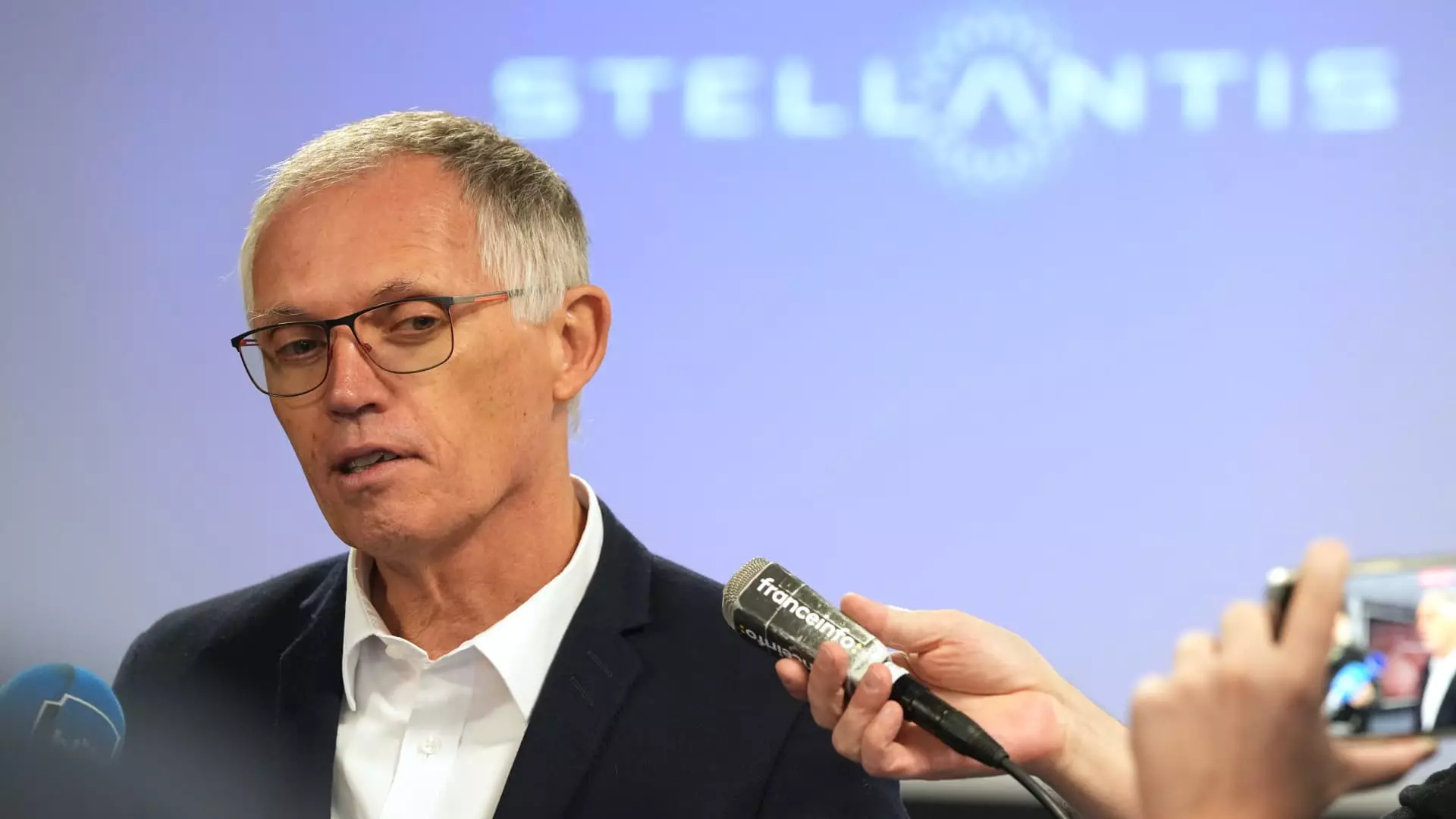The automotive industry was rocked last Sunday with the unexpected resignation of Stellantis CEO Carlos Tavares, a move that took analysts and stakeholders by surprise. Announced by the company, Tavares’ resignation was accepted by the board of directors, effective immediately. His departure has raised questions regarding the internal dynamics within Stellantis, particularly in light of differing perspectives between him and the board. This abrupt change in leadership could have significant implications for the company, a key player in the global automobile market.
The Underlying Issues Behind the Resignation
Stellantis, the world’s fourth-largest automaker, has seen its trajectory shift dramatically under Tavares’ leadership since the merger of Fiat Chrysler Automobiles and PSA Groupe in 2021. Tavares, often credited as a visionary in the automotive sector, has been instrumental in reshaping Stellantis’ operational strategies. However, the company has faced several challenges this year, most notably falling short of financial expectations in the U.S. market. These issues stemmed from high prices, ineffective product lineup strategies, and severe cost-cutting measures that are beginning to show cracks in the company’s foundational structure.
Henri de Castries, Stellantis’ senior independent director, hinted at the rift between Tavares and the board, stating that a lack of alignment in views contributed to the decision to part ways. The implications of such a statement suggest deeper strategic disagreements, particularly surrounding the company’s response to market demands and performance metrics that have faltered in recent months. This discord points to potential systematic weaknesses concerning Stellantis’ long-term vision.
Tavares’ approach to managing costs has been heavily scrutinized. Reports indicate that Stellantis has enacted cost-saving measures amounting to approximately €8.4 billion ($9 billion), disproportionately affecting job security and workforce satisfaction. The company’s continuous push for profitability has involved extensive headcount reductions, with approximately 15.5% of the workforce laid off since late 2019. This strategy, while financially beneficial in the short term, raised concerns over its sustainability and long-term repercussions.
The U.S. market, which is pivotal for Stellantis, has drastically underperformed. The company experienced a staggering 27% decline in third-quarter revenues, forcing them to lower annual guidance targets sharply. Analysts are questioning whether Tavares’ aggressive cost-cutting and insufficient product investments in vital markets are responsible for this disappointing performance.
Leadership Transition in Uncertain Times
With Tavares’ abrupt departure, Stellantis now faces an intricate challenge in choosing an interim CEO while commencing a search for a permanent replacement. In the interim, John Elkann, the chairman of Stellantis, will lead an executive committee during this period of transition. This leadership vacuum comes at a crucial time as the company navigates its immediate operational hurdles and strategizes future growth avenues.
It’s crucial to observe how this change will affect Stellantis’ shareholders and stakeholders. A shift in leadership can evoke both instability and opportunities, depending on the new executive’s vision and capabilities. The board has stated that the process of finding a new CEO is underway and is expected to conclude in the first half of the following year, emphasizing the importance of timely leadership succession.
The announcement of Tavares’ resignation coincides with rising tensions between Stellantis and the United Auto Workers (UAW) union. For months, the UAW has called for Tavares’ removal, citing concerns over layoffs and production cutbacks that negatively impact workers. The backlash is compounded by criticism from Stellantis’ U.S. dealership network, expressing frustration over unsold inventories and inadequate corporate support.
As conversations unfold about the leadership vacuum at Stellantis, it remains essential to consider the broader implications of Tavares’ departure within a rapidly evolving automotive landscape. How Stellantis chooses to recover from these challenging circumstances will largely depend on the direction its new leadership takes and whether it can effectively align its strategies with market realities and workforce needs. This moment represents not only a pivotal transition for Stellantis but also a larger commentary on corporate governance dynamics in the automotive industry, where agility and adaptive strategies become more crucial than ever.

